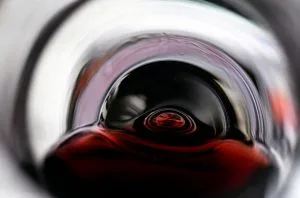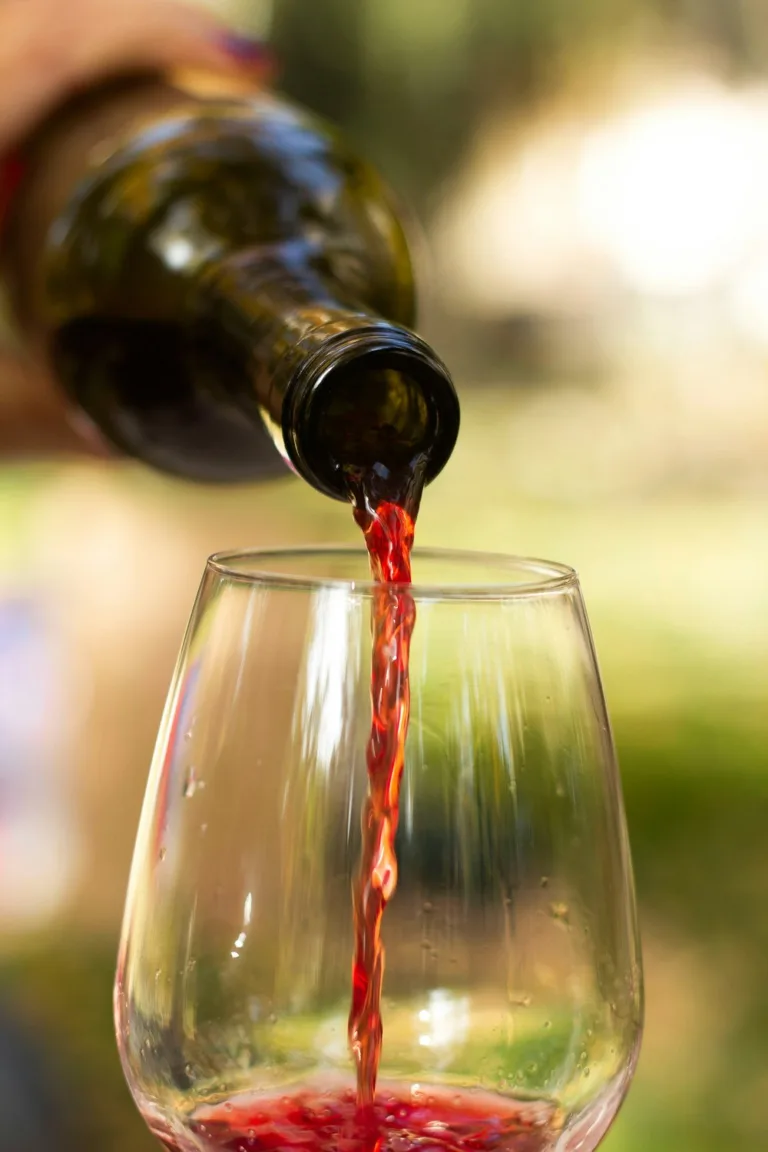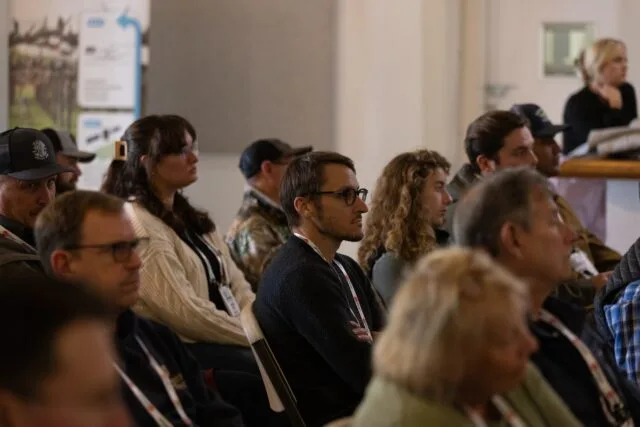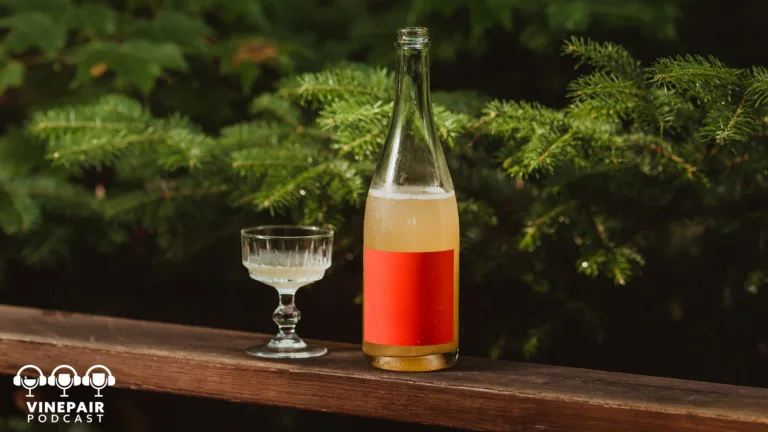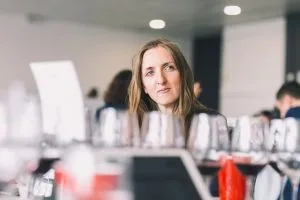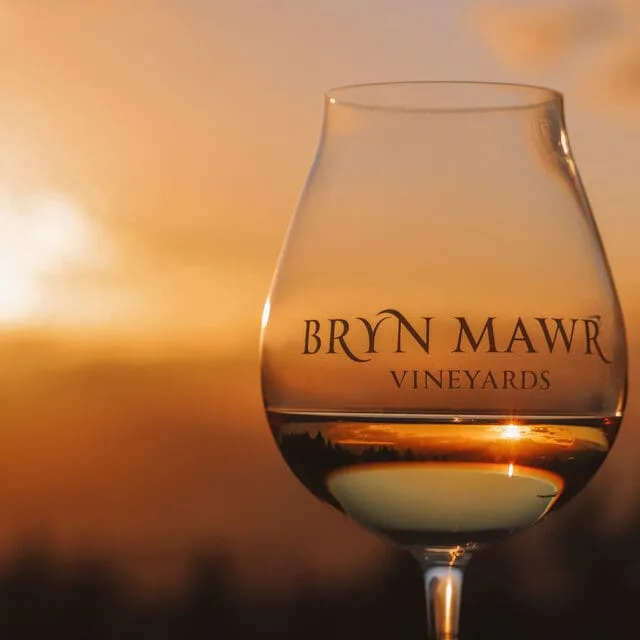Researchers described the algorithm as a ‘100% reliable model’ that could be used to combat counterfeiting within the fine wine trade.
A team from the University of Geneva in Switzerland used artificial intelligence to assess the chemical composition of 80 red wines from seven different châteaux.
They used wines from 12 different vintages between 1990 and 2007, all from renowned estates in Bordeaux.
The researchers vaporised the wines and broke them down to chemical components, resulting in a readout for each wine. The readout is known as a chromatogram, and it has around 30,000 points representing separate chemical compounds.
The team then used 73 chromatograms to train the AI, along with data on the vintage and the estate that produced the wines.
Researchers then tested the algorithm on seven chromatograms that were held back to see if it could guess which estate had produced the wines.
It managed to do so with 100% accuracy. The researchers repeated the process 50 times, changing the wines used each time, and the algorithm consistently earned full marks.
‘Our results show that it is possible to identify the geographical origin of a wine with 100% accuracy, by applying dimensionality reduction techniques to gas chromatograms,’ said lead researcher Alexandre Pouget, a neuroscience professor at the University of Geneva.
His goal was to identify a specific, invariable chemical signature for each estate. ‘The wine sector has made numerous attempts to answer this question, with questionable or sometimes correct results, but involving heavy techniques.’
Co-author Stéphanie Marchand,

